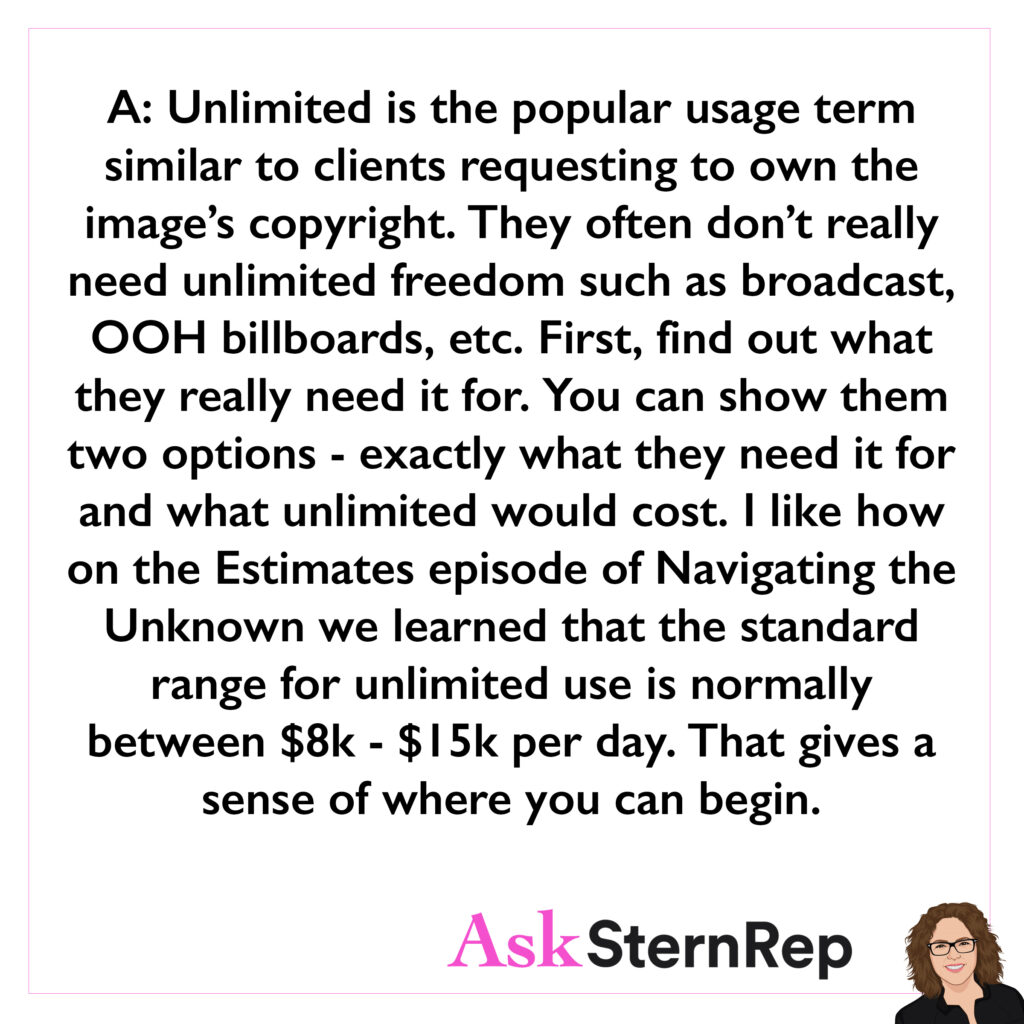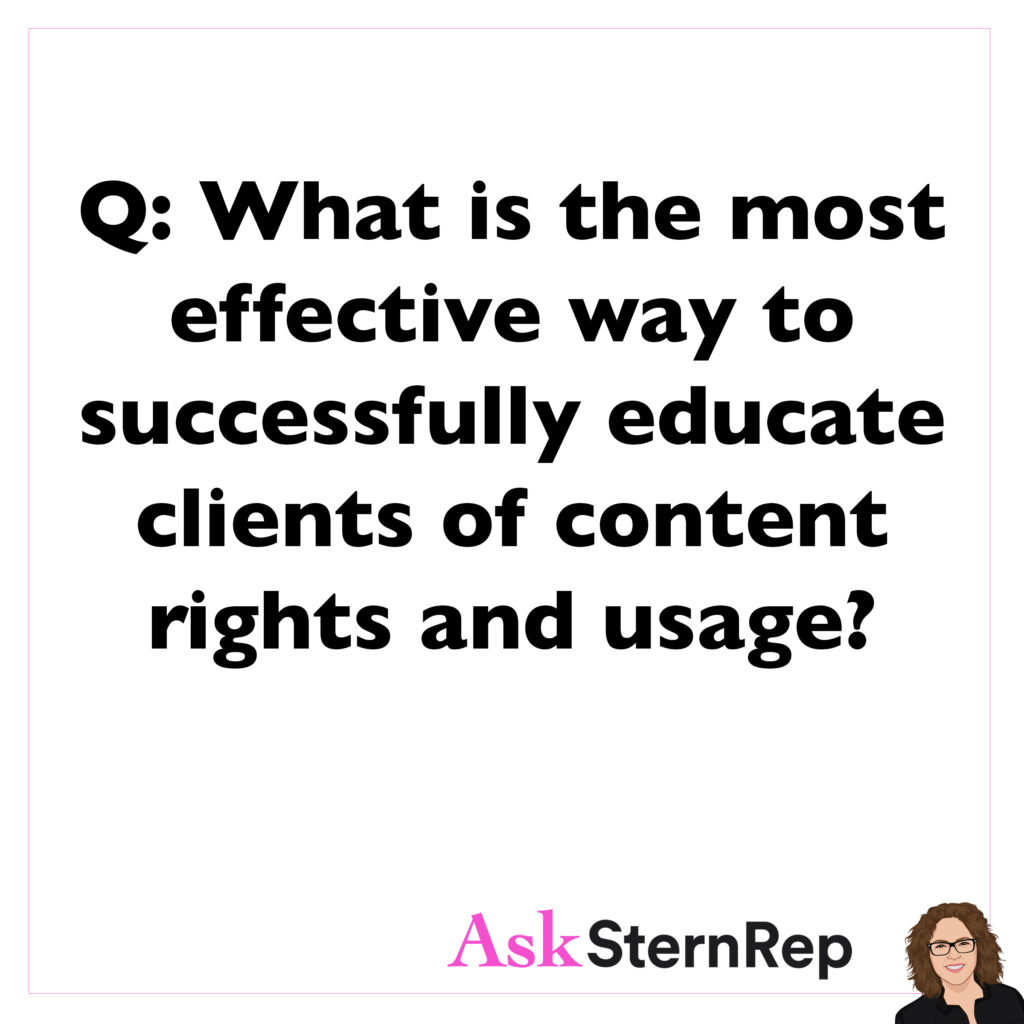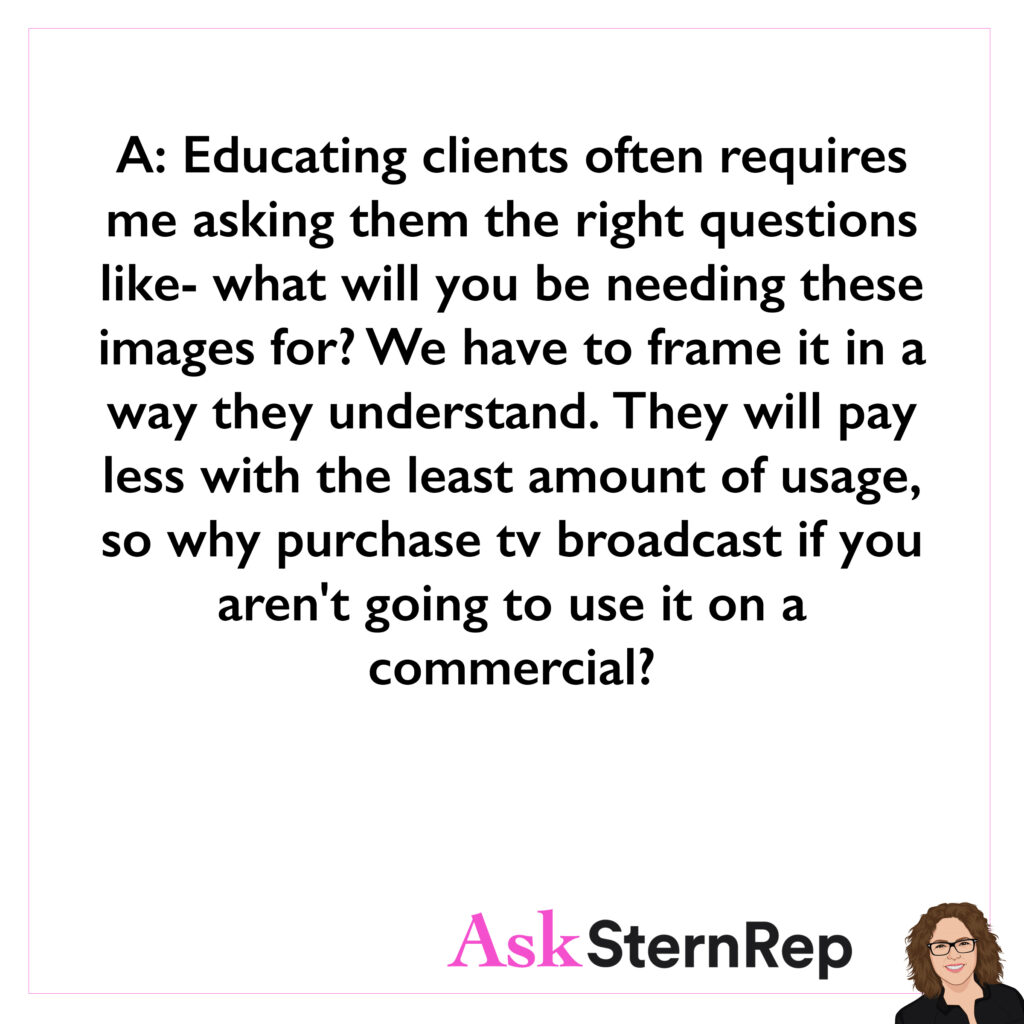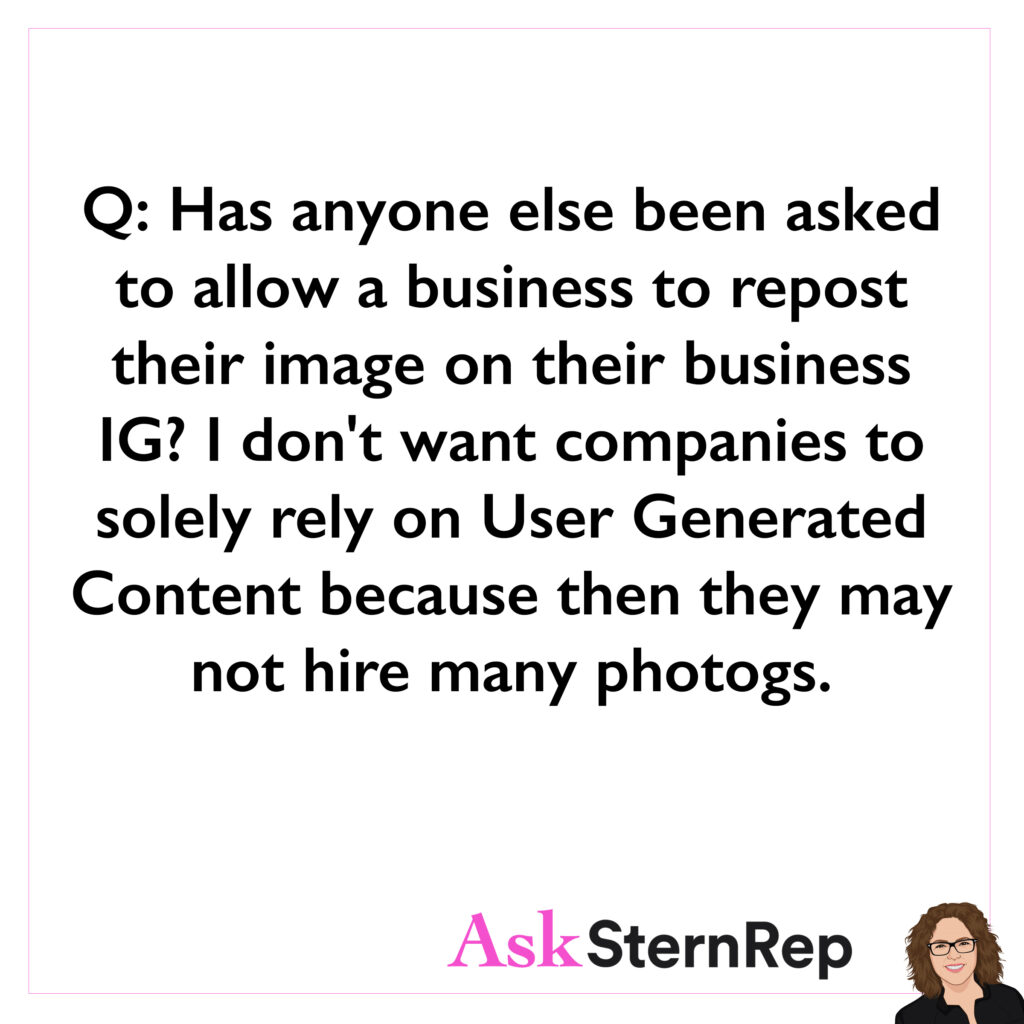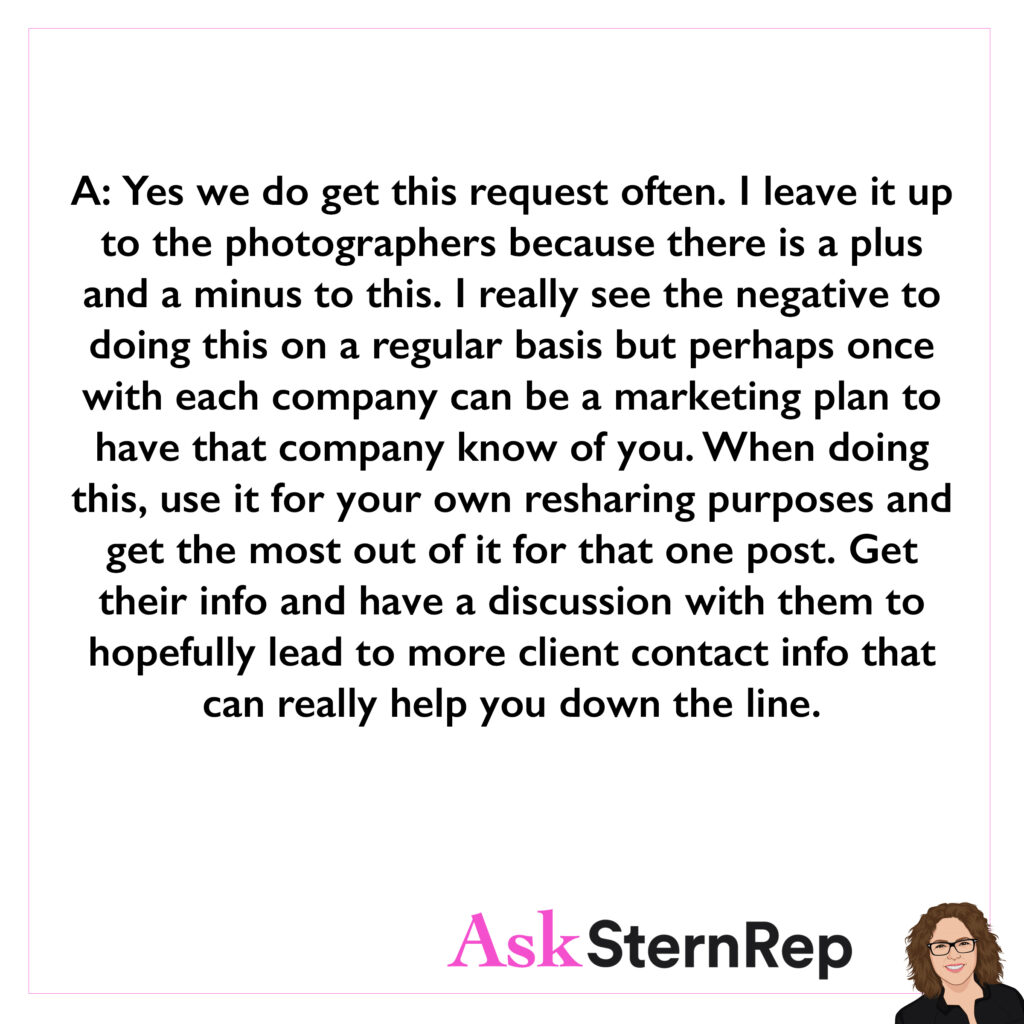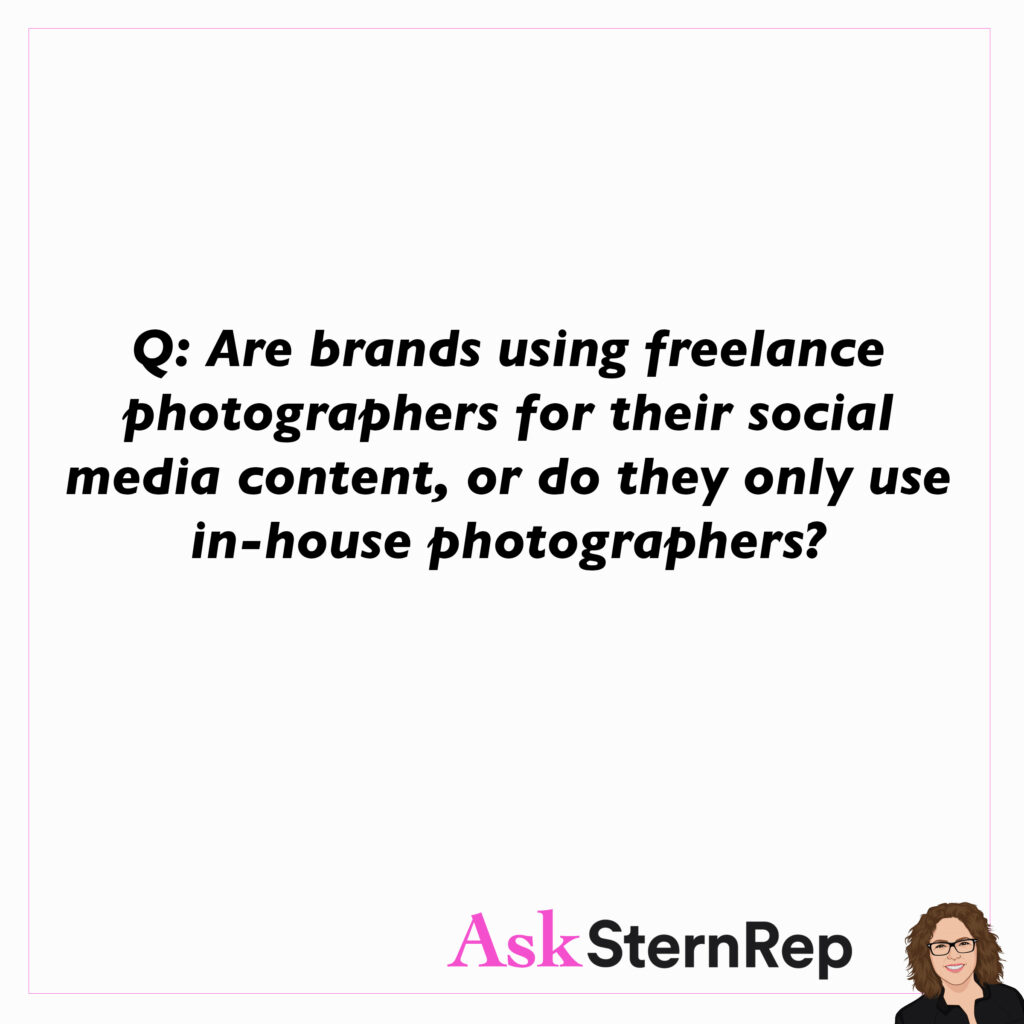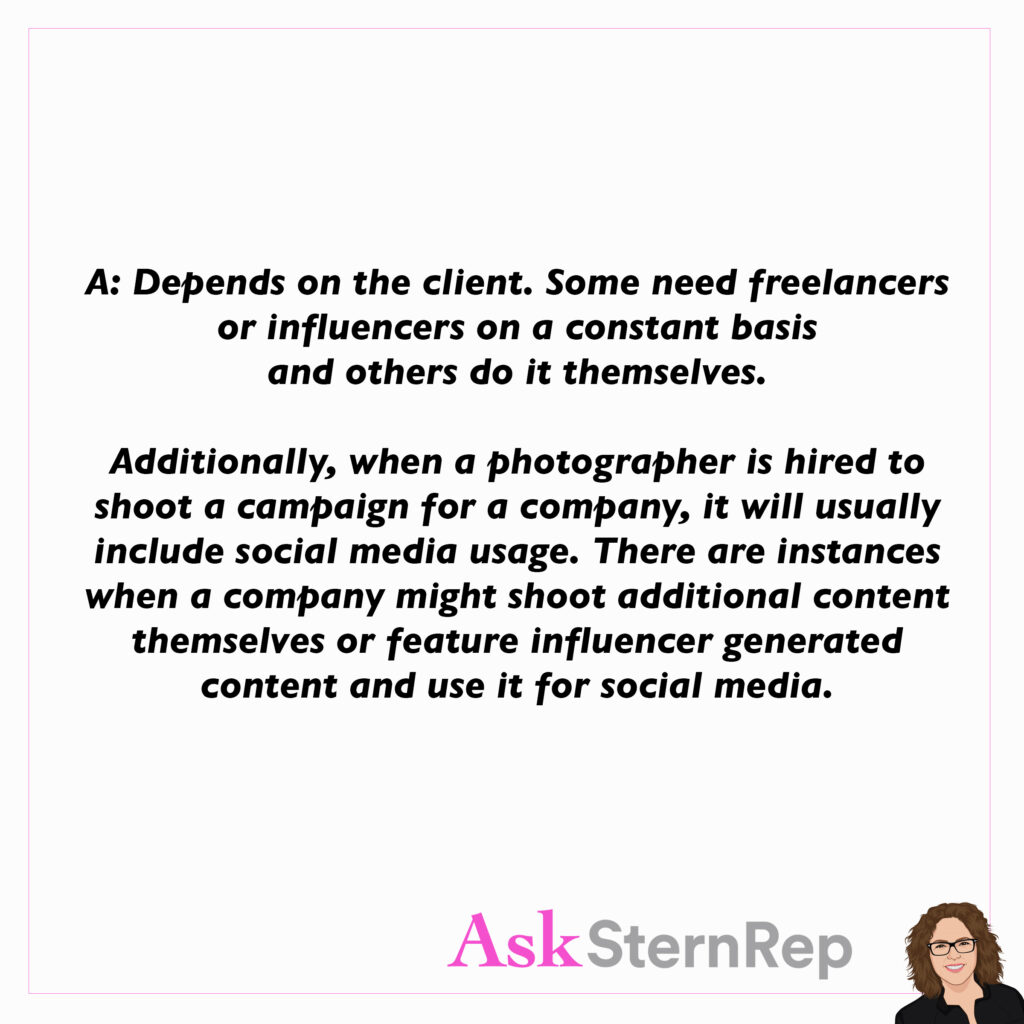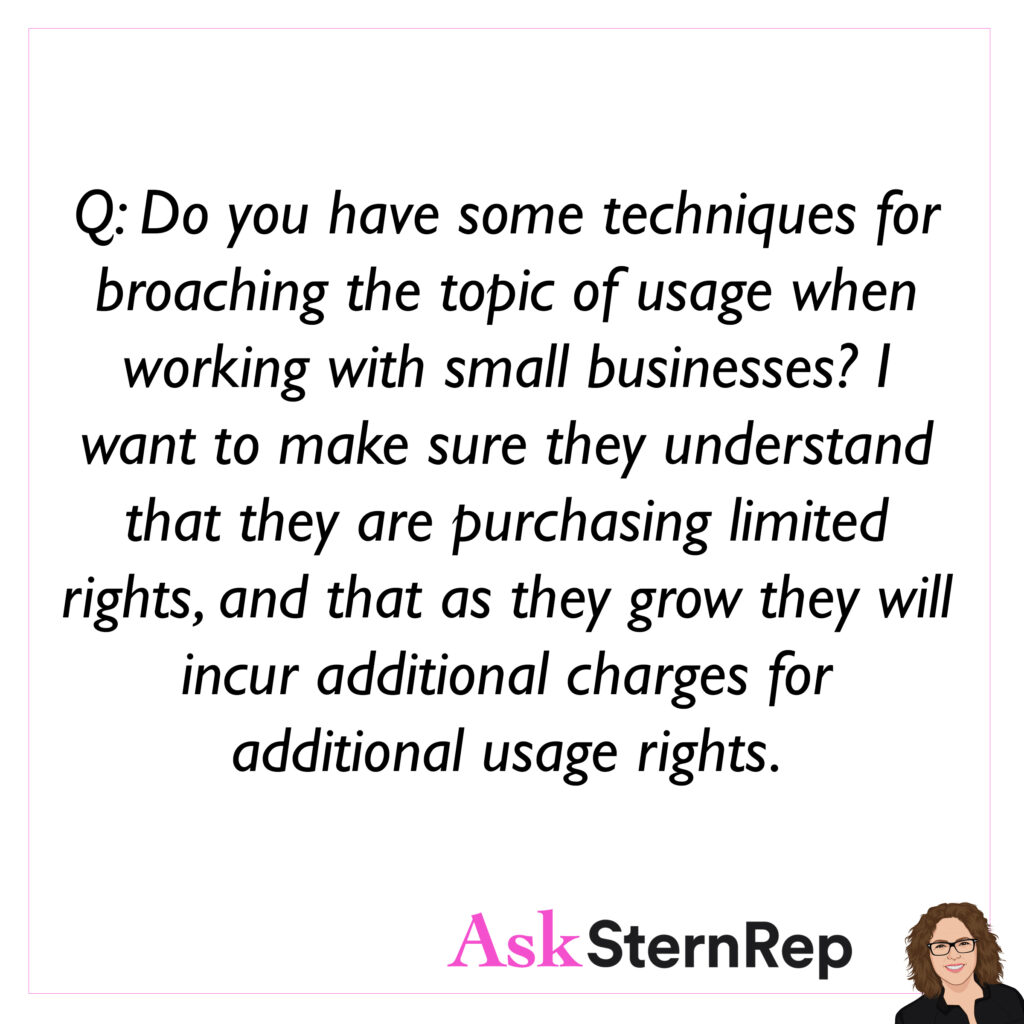Bidding a project correctly is one of the most crucial parts of getting awarded a job. The way you bid CAN ultimately get you in or lose the job. As much as every bid depends on the situation, there are also some standards and rules that you can educate yourself about and utilize to your benefit.
Here are 5 tips to help you become an even more successful bidder!
Tip #1: Creative Fees + Usage
Always have a signed estimate that clearly describes what the bid is based on and what the licensed usage is. Be sure all costs are agreed on before beginning the job.
It is our responsibility to clearly spell out what our numbers cover and don’t cover. I used the top of the estimate for this, and call it “description.”
Always define the amount of shots and what they are. Remember to specify that the bid does not include variations, added shots, or different angles. Mostly, this section is how you protect yourself.
A great line I like to use after the usage is, “image rights granted with full payment.”
Make sure overtime is clear on your estimate – that the shoot day is based on the standard 10 hour day, anything over that will incur an overtime rate of time-and-a-half for crew.
If you feel like you would do better if you had help with your bid, then hire the right person – like a rep, producer, or consultant. It could be well worth that commission fee if getting help will in the end leave you with a much larger rate than you would have gotten on your own.
Tip #2: Negotiating
Clients can’t give you numbers, you have to throw numbers out there for them to bring you up or down.
Always start with a higher amount and hope they say you are too high. You don’t want to be too low.
Use questions about the details of the job to get a sense of each client. REALLY LISTEN. I have found that people want to tell us a lot more inside information than we give them the time or opportunity to reveal.
Tip #3: Advances + Expenses
ALWAYS GET A 50% ADVANCE FOR A PHOTOSHOOT.
To get this invoice in, you need to have their purchase order (PO) # on your invoice or at least a signed estimate. As soon as that happens, you can officially begin to start spending money.
BE CAREFUL THOUGH, there are a lot of scams out there. If this is not for a major advertising agency or client you know, wait until you have been wired the advance invoice and it CLEARS at the bank before you spend ANY money for a job.
If any changes occur before or during the shoot, you need to request an “overage” (send in an overage estimate) and when that is approved you can spend more $.
Do not go over this total which you’ve been approved for, or you will not be able to charge for it.
Tip #4: Payment
Invoicing for an advertising job after it is completed will often require backup of all receipts.
This should be done correctly and I’d recommend getting a producer’s help and/or a bookkeeper who knows the business.
Expect to be paid 30-60 days after the client receives your final invoice.
Tip #5: CREATIVITY
(in all ways + places even *bidding*)
Think outside the box.
Just like a good producer responds with options in a tough scenario, be your own innovative producer.
Getting creative seems to be my response to all that is happening in our business right now. The entire industry is changing, so go with the flow of it and find your way.
Use your experience wisely, but don’t let what you’ve done in the past limit or define you. Step outside your own thinking sometimes. Think young.




